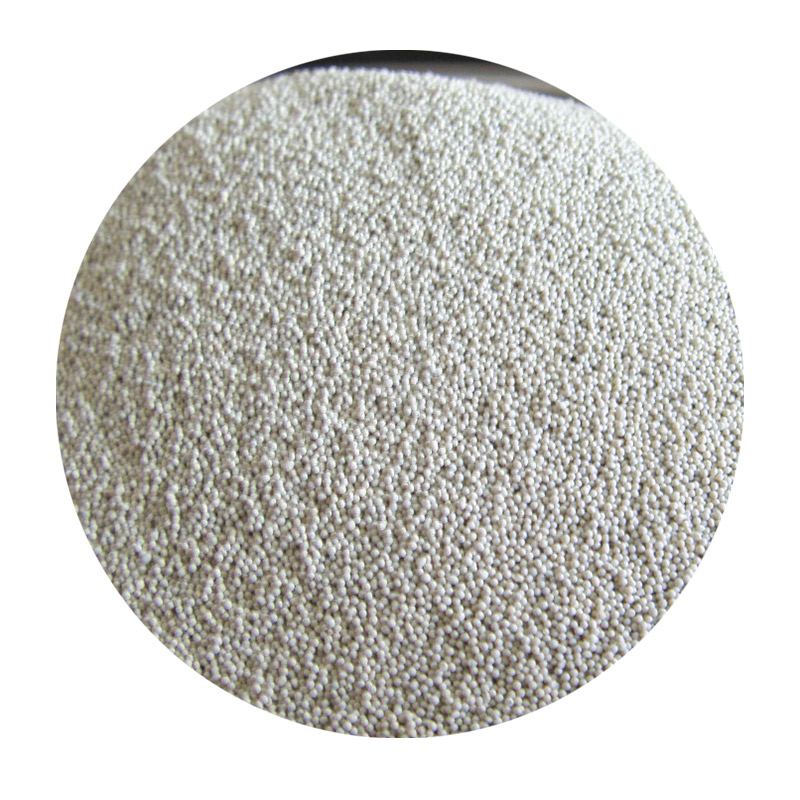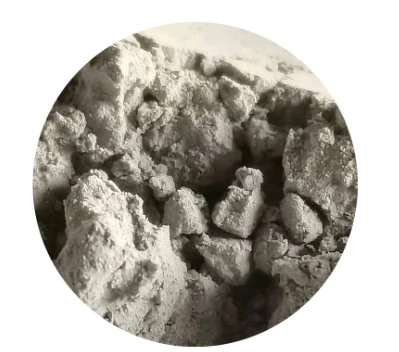

From an environmental perspective, sintered sand is a sustainable choice. The manufacturing process itself is energy-efficient and produces minimal waste compared to traditional methods. The recyclability of the material further enhances its appeal, aligning with global efforts to reduce industrial carbon footprints and promote greener practices. To maximize the benefits of sintered sand, collaboration across industries is essential. Continued research and development are vital in uncovering new applications and optimizing existing processes. As technology evolves, fostering partnerships between material scientists, engineers, and industry leaders will pave the way for innovative uses and improved methodologies. Educational initiatives are also crucial in spreading awareness about the potential of sintered sand. By training the next generation of engineers and material scientists in the properties and applications of sintered sand, we ensure that the material's benefits are fully realized across multiple domains. To summarize, sintered sand offers a combination of durability, efficiency, and environmental benefits that are unmatched by many traditional materials. Its application in industries such as automotive, aerospace, and medical technology underscores its versatility and reliability. Embracing sintered sand not only advances manufacturing techniques but also contributes to sustainable development, setting a promising trajectory for future innovations and industry standards. As more sectors recognize its advantages, sintered sand is poised to become a cornerstone of modern production, driving innovation and fostering economic and environmental sustainability. Post time:Фев . 12, 2025 09:43
Next:resin coated sand uses
